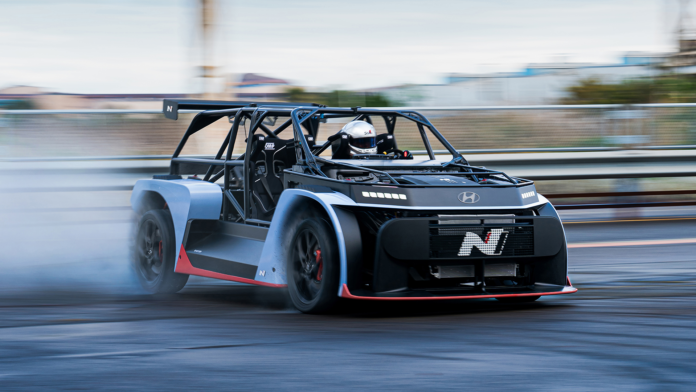Hyundai has unveiled a ludicrous new Rolling Lab concept, dubbed the RN24. It is a bite-sized, seemingly bare-bones electric vehicle concept that leverages the Korean automaker’s extensive experience in WRC.
It is a hardcore performance-focused weapon and a test bed for technology used in Hyundai’s next-generation electric vehicles to explore new avenues to enhance the driving experience and push the limits of its motorsport technology. 10 pieces of tech used in the RN24 could become a reality, and will hopefully filter down to cars like the Ioniq 5 N.
Related
The Hyundai RN24 Is What Happens When You Let The Mad Scientists Loose
Hyundai’s RN 21 takes the already bonkers 5 N drivetrain and puts it in an insanity-inducing chassis.
This information in this article was sourced directly from Hyundai.
10 Compact Battery
The Hyundai RN24 Rolling Lab is a performance-inclined model, considering it has an output of 641 hp and can sprint from a standstill to 60 mph in under 3.5 seconds. The only other hardcore electric vehicle in Hyundai’s fleet is the Hyundai Ioniq 5 N. In this configuration, the Ioniq 5 N relies on an 84 kWh battery pack that requires the car to have a 3,000 mm wheelbase.
The Hyundai RN24 features a revised battery pack that retains the 84 kWh capacity but is significantly smaller, resulting in a size. The reduction in battery pack size allows for a 340 mm shorter wheelbase. This is good news for Hyundai’s upcoming EVs, as a smaller battery pack means less weight, but the same output. Not only will Hyundai be able to make smaller EVs, but its existing models will likely benefit from a decrease in weight and an increase in range.
3:02
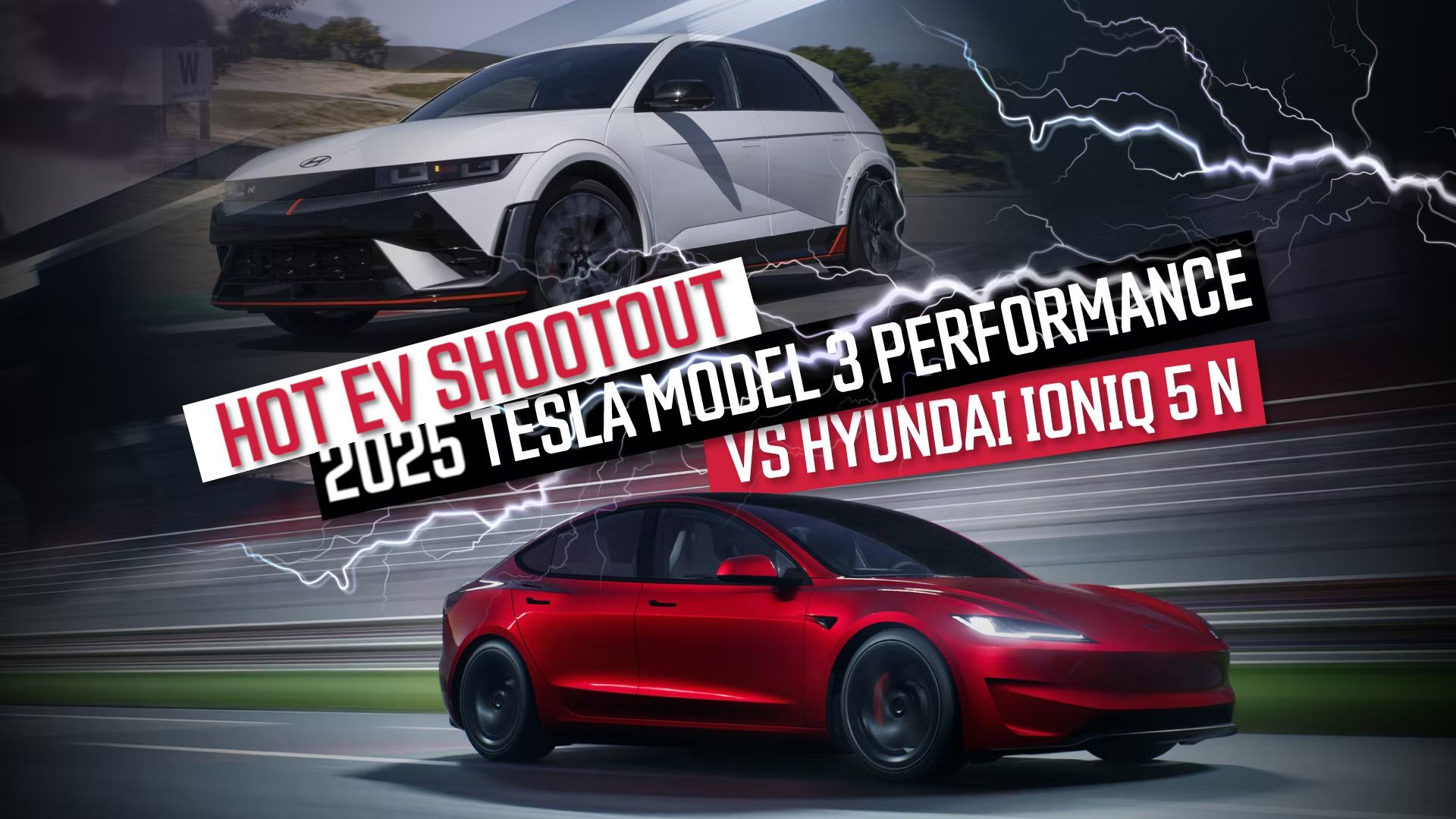
Related
A Deep Dive Comparison: 2025 Tesla Model 3 Performance Vs. Hyundai Ioniq 5 N
The Hyundai Ioniq 5 N and Tesla Model 3 Performance are democratizing power and proving EVs can be fun to drive.
9 WRC Powertrain Drive Control Logic System
An exciting piece of tech used in the Hyundai RN24 is the WRC Powertrain Drive Control Logic system, which adjusts various powertrain elements by operating buttons on the steering wheel. This system can adjust aspects like the dual motor power electronics system, acceleration sensitivity, regenerative braking sensitivity, and the power balance of the PE system.
This is the same system found in Hyundai’s WRC race cars. Although we have already seen this concept, to some extent, in some high-end ICE cars, this system is the first utilized by Hyundai for an all-electric vehicle.

Add CarBuzz to your Google News feed.
8 Rally Mode Motor Torque Control
The Hyundai RN24 features an all-wheel-drive configuration, but one of the unique aspects of this system is the “Rally Mode” motor torque control that mimics the characteristics of Hyundai N’s i20N Rally 1 Hybrid race car. This system helps distribute torque to all four wheels in such a way that it can be driven like a sideways rally car. Think Ford Mustang Mach-E Rally, but way more advanced. This will likely be a system that will be implemented in the automaker’s future electric vehicles.
7 e-Handbrake
The RN24’s e-Handbrake, which allows it to be thrown sideways at a moment’s notice, is one of the pieces of tech crammed into the new Rolling Lab concept derived from Hyundai N’s motorsport toolbox. This technology has already been tested and has appeared at the WRC’s Central European Rally.
This e-handbrake replaces conventional brake pads and hydraulic brake lines, reducing weight and offering other benefits. It works by using the regenerative brake force to lock up the rear wheels fully, disregarding the need to warm up the brake pads and offering consistent braking performance.
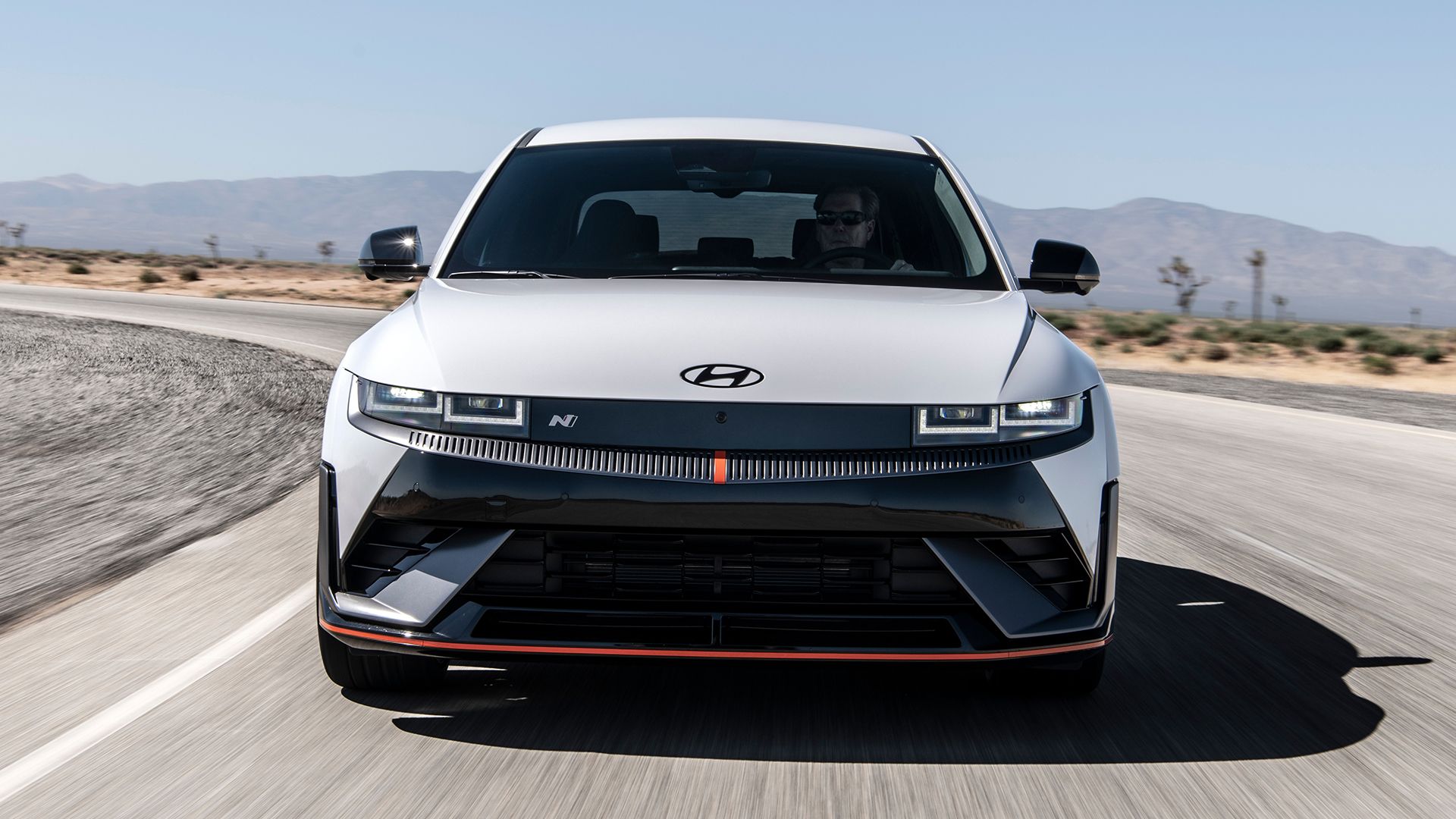
Related
Ranking 10 Of The Best Hyundai Sports Cars By Their 0-60 Times
Hyundai, once prioritizing only budget compacts, has now produced several extremely quick cars.
6 Exoskeleton-Style Roll Cage
One of the most notable visual aspects of the Hyundai RN24 is the exoskeleton-style roll cage that serves as the bones of the plucky performance EV. Like most of the tech employed in the RN24, this highly rigid roll cage is inspired by the firm’s WRC concepts. It serves two purposes: improving occupant safety and increasing the vehicle’s performance and stability during intensive driving maneuvers. It also allows for a smaller form factor, reducing size, weight, and the vehicle’s wheelbase.
Additionally, the lightweight exoskeleton’s design allows for engineering flexibility. This allows for the production and testing of a small and light vehicle in a short period of time. This also allows Hyundai’s engineers to combine technologies from its ICE models and the Ioniq 5 N’s electric drive system.
5 Rally Spec Steering Ratio
The Hyundai i20 N Rally 1 Hybrid utilizes a hydraulic power-assisted rack and pinion steering rack. The Hyundai RN24 utilizes a Rack-Mounted Motor-Driven Power Steering (R-MDPS) system, also implemented in the Ioniq 5 N. This system consists of a rack-assist electric steering unit that is an integral housing featuring a motor, a belt, a rack bar, and a bearing integrated into a subframe that reduces the number of parts used.
Unlike a Motor-Driven Power Steering (MDPS) system, the R-MDPS transfers the drive torque to and from the belt, which is ultimately converted to rotational force. Typically, this system offers a more direct and responsive steering experience than an MDPS. The Ioniq 5 N featured a specially tuned version of this system, with a higher steering ratio and improved torque feedback. The RN24 utilizes the same system but with the addition of the i20 N Rally 1 Hybrid’s steering ratio to improve steering response and precision.
4 Rally Spec Suspension System
The Hyundai RN24’s suspension system utilizes developments in the firm’s Rally 1 and Rally 2 cars. The i20 N Rally 1 Hybrid employs MacPherson struts at the front and rear accompanied by three-way adjustable dampers. According to Hyundai, some of the components that it borrows include its dampers and subframe assemblies, which were either directly inherited from Hyundai N’s rally cars or specially built to rally car specifications to achieve maximum agility.
The implementation of this technology in the RN24 is to achieve maximum traction and stability. A promotional reveal video was uploaded to YouTube, in which the Rolling Lab concept can be seen doing donuts, with very little squat displayed in the process.
3 Revised N Active Sound+
Hyundai’s N Active Sound+ system, a core aspect of the Ioniq 5 N, consisted of eight internal speakers and two external speakers that would simulate the thrum of an ICE but with a twist. This sound system version had three levels: Ignition, Evolution, and Supersonic. The first would simulate performance driving sounds and the sound of an ICE engine. At the same time, Evolution would feature a sound inspired by the N 2025 Vision Gran Turismo, and Supersonic would utilize a sound inspired by fighter jets.
The RN24 features two additional external speakers and a revised soundtrack augmented by the rear fender design, which serves as a soundbox, enhancing the sound experience. According to Hyundai, this revision makes the sound experience richer for drivers and outside spectators while maximizing driver engagement.
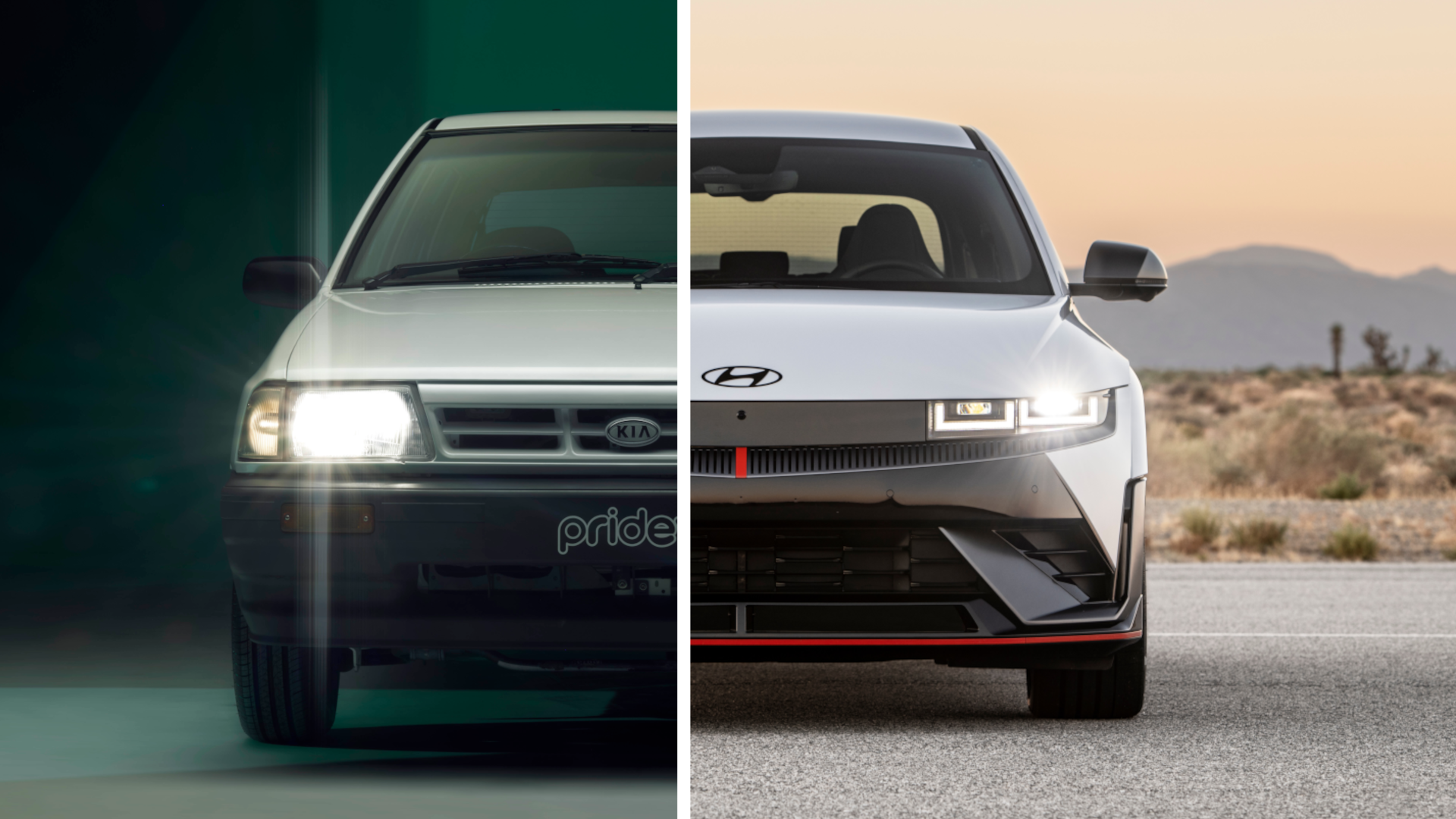
Related
Korean Underdogs To Household Names: The Evolution Of Kia And Hyundai
These two Korean automakers have grown exponentially over the past two decades, from relative obscurity to a large share of the American market.
2 Compact ICE-Based WRC Chassis
The Hyundai RN24 is significantly smaller than the Ioniq 5 N, whose powertrain it is motivated by. The Ioniq 5 is 4,715 mm long, 1,940 mm wide, and 1,585 mm tall. In contrast, the RN24 is a smaller vehicle, measuring 4,260 mm long, 1,877 mm wide, and 1,453 mm tall. The battery pack configuration allowed a 12% reduction of the wheelbase.
Aside from the compact dimensions, the RN24, founded on the WRC-inspired EV chassis, also includes a handful of technologies from the automaker’s ICE WRC race car, including high-rigidity subframes. This system optimizes battery temps for different driving scenarios like drag racing or sustained high-intensity driving on track. Another feature in this N model is “N Race,” which manages energy consumption for optimal performance.
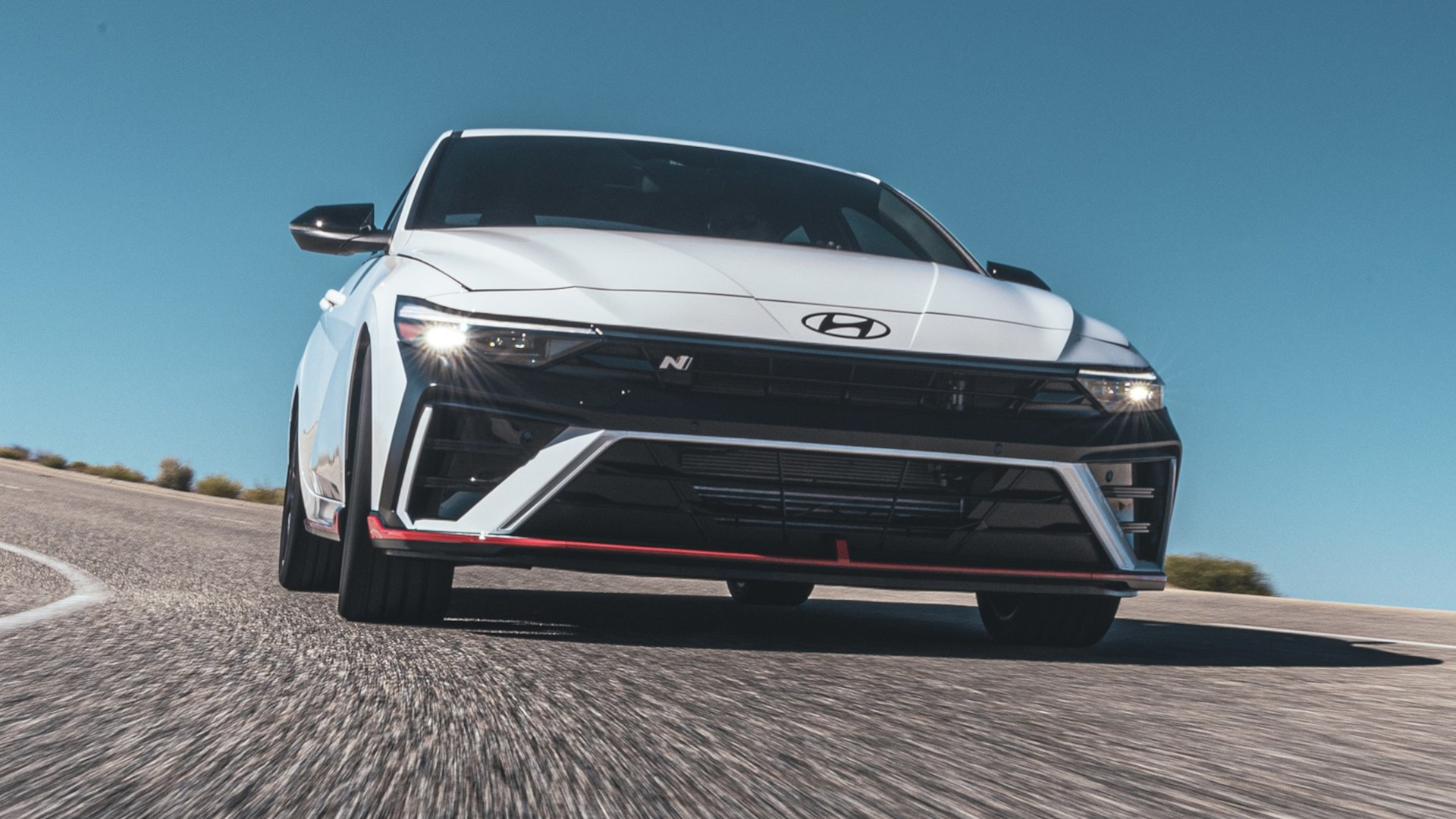
Related
Hyundai’s Most Powerful Engines Ranked By Horsepower Output
We don’t often associate Hyundai with powerful engines, but some of these might surprise you.
1 Battery Improvements
As stated, the RN24 utilizes the same battery pack as the Hyundai Ioniq 5 N, although repackaged and physically more compact. The Ioniq 5 N has a feature called “N battery preconditioning,” offered in three operating stages, and is responsible for regulating the battery’s temperature for optimal performance. Another feature included in this N model is the “N Race” mode, which manages energy consumption for optimal performance. Two modes are used in this feature; “Sprint Mode,” which prioritizes immediate bursts of the battery pack’s total power for better hot laps, and “Endurance Mode,” which focuses on driving range for more extended periods than in non-competitive driving situations.
The RN24, with the same battery pack as the Ioniq 5 N, is further enhanced by adding multiple battery and motor cooling modifications.
Sources:
Hyundai N

